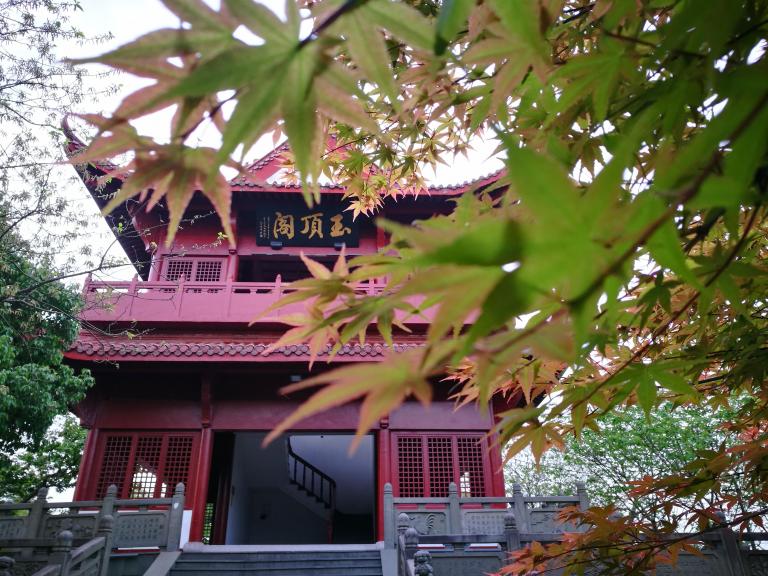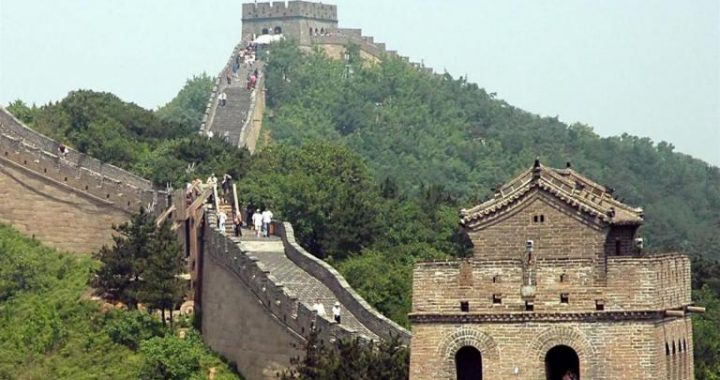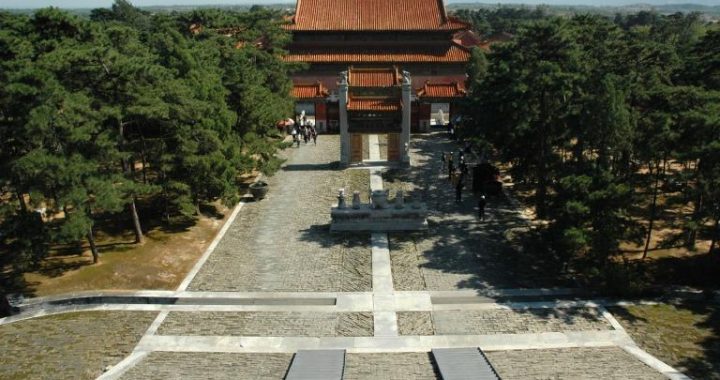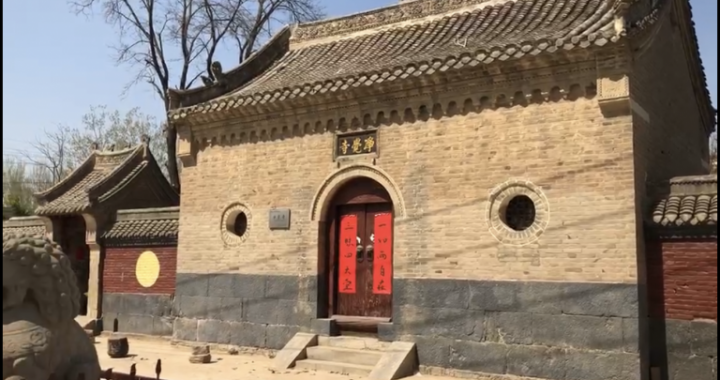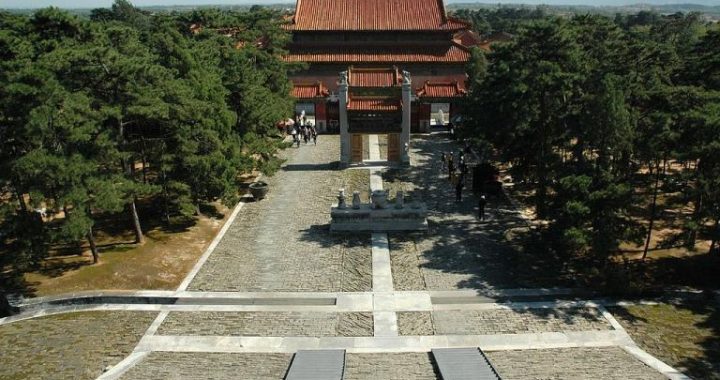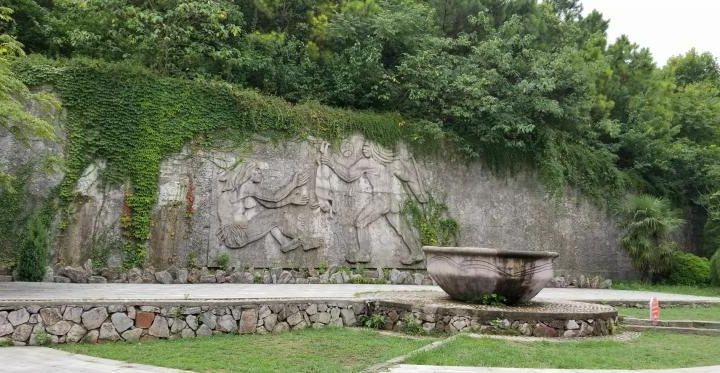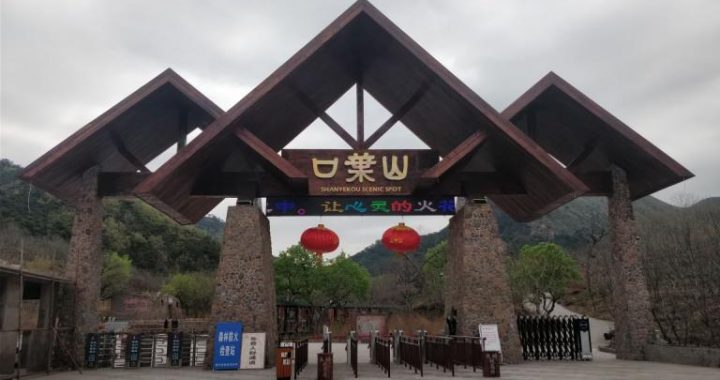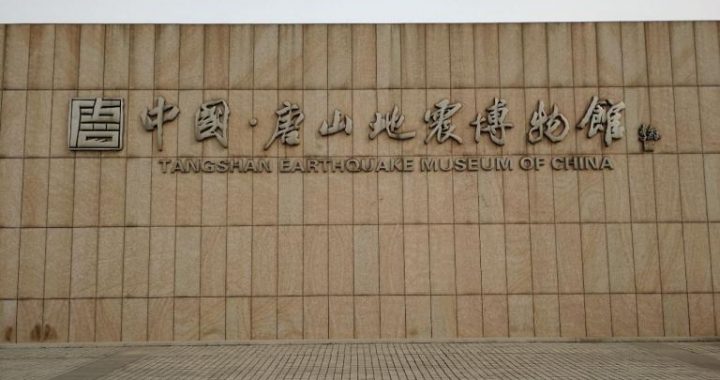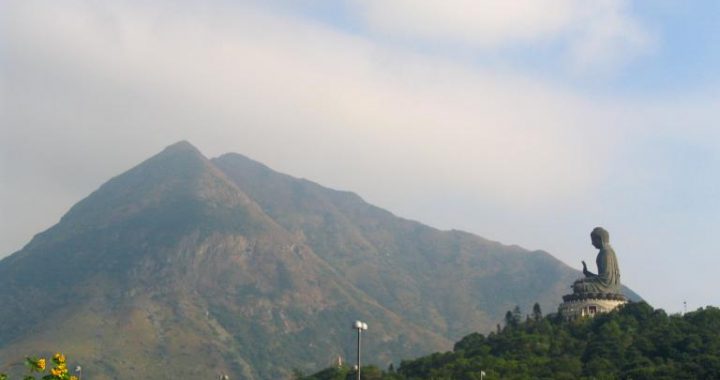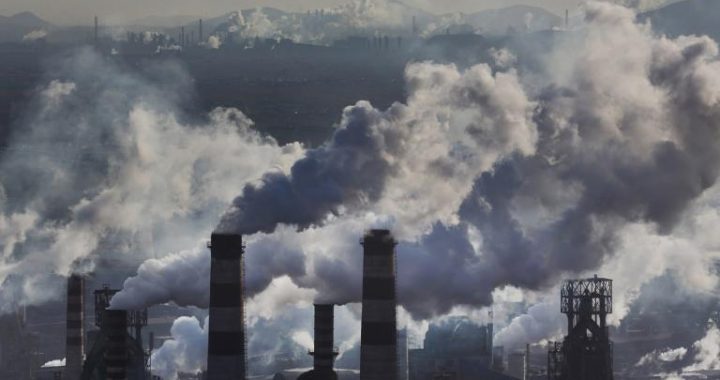Xiaoshan and Tangshan
6 min readIn 1930s and 1940s, Xiaoshan market of Tangshan was as famous as the Tiangiao market in Beijing and the Quanyechang market in Tianjin. Up to the 19 50s and 1960s, it had been the commercial, catering, cultural and entertainment center of Tangshan. It’s said that Xiaoshan is a must-go place when you visit Tangshan.
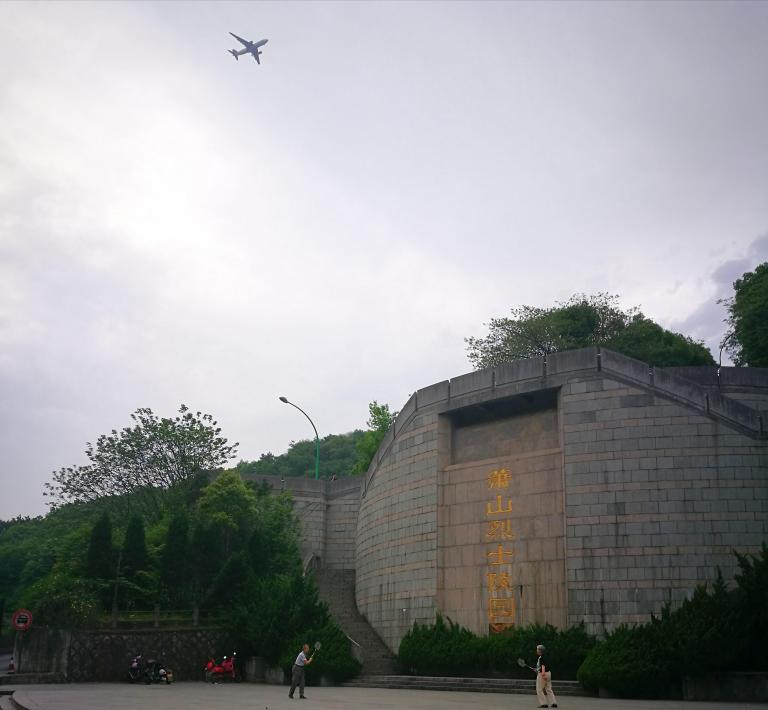
Xiaoshan was once a hillside in the south of the Tangshan Mountain (Dacheng Mountain), low in the north and high in the south. There is a sharp ridge in the south, with a low-lying area at its foot, which used to be a place for executions and was called the”killing pit”. Xiaoshan is located at the end of the southern part of the Yanshan Mountain, neighboring a wide expanse of flat land that extends to the Bohai Sea.
As the earliest market in Tangshan, Xiaoshan had a development that closely follows that of the earliest standard gauge railway and the earliest railway station in China. In 1882, the first standard gauge railway in China, the Tangshan-Xugezhuang Railway, was built. Its north end was at the zone that became the urban central business zone of Tangshan. Here the earliest railway station in China was set up, with only three station buildings and three rows of staff quarters in the west. In the beginning, the station only served as a coal loading station, where coal was loaded into trams witha capacity of two tons driven by horse and then delivered to Xugezhuang and then shipped to Tianjin.
Later, steam locomotives were used and the railway was extended westward to Tianjin, with increased transportation volume and added services, such as passenger and cargo transportation. Even later, the original railway could not meet the increasing demand for such services so that a larger new station with more advanced facilities was built up in 1896. Although the original station was abandoned, its name and railway crossing were left. The original railway crossing was located on the site of the original station as one of three railway crossings built for people to go across the railways when the Tangshan-Xugezhuang Railway was constructed. The original railway station and the Laodaomen railway crossing provided primary conditions for the development of Xiaoshan.
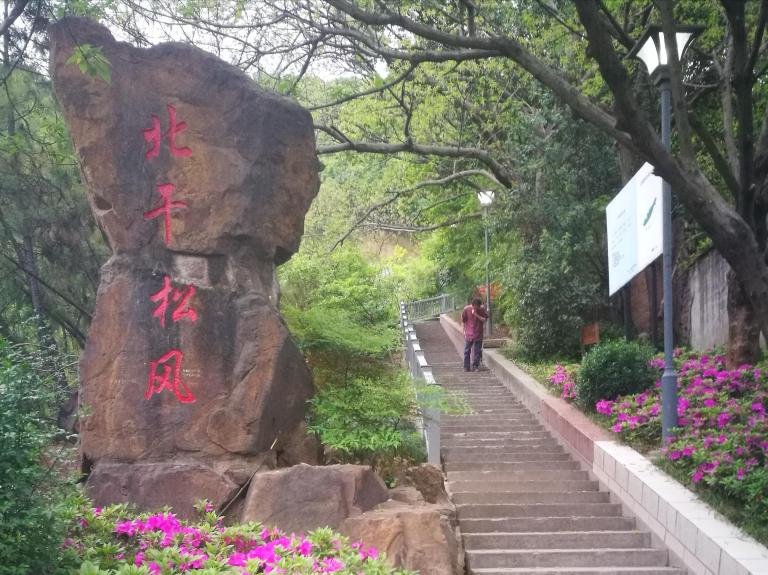
Xiaoshan, located at the south of the railway, had been a desolate area, which was only resided bypoor miners. The miners passed by original railway crossing when they went to work and went home after work. In addition, the original railway crossing was also the only way to the railway station. Later, more people chose this way so that some people began to do business at the west side of Xiaoshan. Here people sold food and drink, provided hair cut and shoe repair services, practiced physiognomy and divination, performed conjuring tricks and made a living as martial arts performers.
At first, there were only open-air stalls, which were movable. Later, some people built sheds and houses as fixed places of business. Much later, small restaurants, hotels and theaters were established, and even opium shops, brothels and local despots showed up. Xiaoshan, though prosperous and bustling, had many abominations and abuses, so that it was known as “Zabadi”, which means it was a complicated place.
Believing Xiaoshan had good prospects, many rich merchants invested in the trade, catering, service and entertainment sectors there. In the 1930s, rich merchant Bai Yueting built the “Xiaoshan BigWorld”, an imitation of the Shanghai Big World and a landmark building of the Xiaoshan business center.”Xiaoshan Big World”is a two-storey building made up of eastern and western parts connected by a bridge. It has the Tiangong Movie Theater, Tian’e Theater, Xiaotaoyuan Restaurant as well as shops of articles of daily use and dry and fresh fruits. Around the highly influential Xiaoshan Big World, many high-grade hotels, restaurants, markets, public baths, bookstores and theaters were established. This enabled Xiaoshan to build a reputation as a busy business center and a representative of Tangshan.
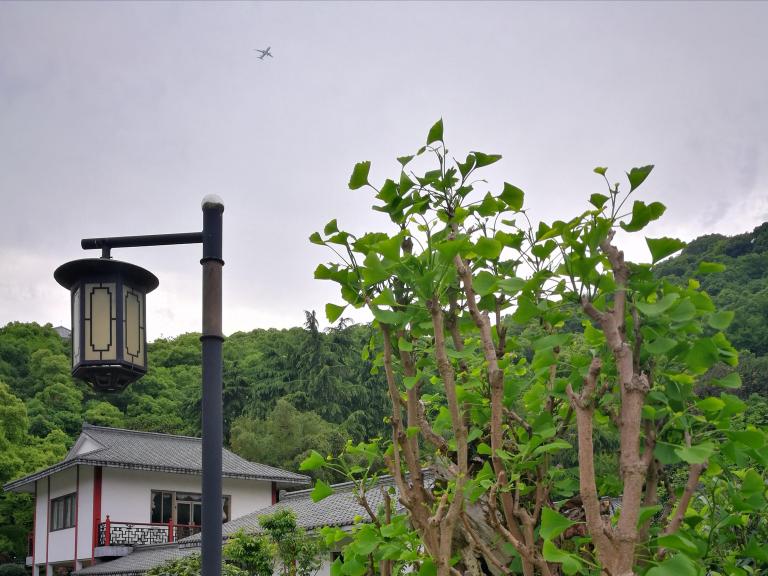
Xiaoshan is one of the centers of culture and entertainment of Tangshan. From rare shows, to monkey play, conjuring tricks and martial arts performance to storytelling, opera, shadow play, movies and theater performances, the development of the culture and entertainment business has been following the rules for urban cultural development. What makes Xiaoshan especially famous is Pingju Opera, which is known as the second most outstanding opera of China. It’s not without controversy that Pingju Opera originated from Luannan County. However, it developed well in Tangshan, or rather, in Xiaoshan. At the beginning of the 19th Century, Xiaoshan had many performance venues,including Qingxian Tea Garden, Yongsheng Tea Garden, Tianyue Theater, Renmin Theater and Tangshan Theater.
Pingju Opera has been called Bengbeng Opera, Lianhualao or Tangshan Laozi before it was renamed Pingju Opera in Xiaoshan. Existing records show that it was Cheng Zhaocai, the pioneer of Pingju Opera, who led the Qingchun Troupe into Tangshan in 1918 to give Tangshan Laozi performance in Yongsheng Tea Garden. Tangshan Laozi was once prohibited by the local government since some people believed it was salacious and offensive. However, Cheng Zhaocaiand Yongsheng Tea Gardon’s manager Wang Fengting argued strongly on just grounds that the operas were originated from classical books and applied for a review of the local government. Finally, the plaintiff required that Tangshan Laozi could not be performed in public until it was renamed. For that reason, Tangshan Laozi was renamed Pingxi Opera and later renamed Pingju Opera when it was performed in Tianjin. In the circle of the Pingju Opera, any performer who wants to be famous should first win a high reputation in Xiaoshan.
Since 2000, the China Pingju Opera Festival has been held every year in Tangshan. Pingju Opera troupes from all over the country give performances and exchange experiences. The festival effectively promotes the development of the Pingju Opera. At the 9th Chinese Opera Festival, the Pingju opera The Fragrant Imperial Concubine and Emperor Qianlong won the Award for Excellent Opera and its performers Luo Huiqin and Zhang Junling won the Plum Blossom Award, which is highest honor for opera performers. In May 2006, approved by the State Council, Pingju Opera was inscribed into the first List of National Intangible Cultural Heritages. The ancient opera art got revitalized at its hometown.
In1976, the “7.28”Earthquake hit Tangshan. At the source center of the earthquake, Xiaoshan was seriously damaged. All buildings were razed to the ground, with 70% or 80% residents injured or killed. The only building that survived was the steel overpass over the Beijing-Shanhaiguan Railway.
For post-earthquake reconstruction, the urban center was moved northward so that Xiaoshan was not covered by the reconstruction plan. However, with important historical significance, commercial functions, cultural atmosphere and position in the heart of the Tangshan people, Xiaoshan showed great vitality. At the very beginning, some people who were waiting for jobs and those who wanted to make their own living set up simple tent on the ruins to sell articles of daily use, clothes, shoes and other small ware. Since 1980s, after the reform and opening policy was put into practice, the commodity economy had a fast development. Under such circumstances, Xiaoshan was revitalized.
The Xiaoshan Industrial Products Wholesale Marketing Hall established in 1989 has 1,800 stalls, which sell a wide range of commodities such as garments, cloth, knitting wool and knitting products.
In the mid1990s, the Xiaoshan market gradually took shape, with a number of marketing halls for wholesale of clothes, shoes, cloth and industrial products as well as the knitting wool wholesale market at Jiefang Road, the retail goods market at Shengli Road and the agricultural products market at Songbeipingfang Community. The development of the market drove the development of the catering, hotel and transportation sectors. Enterprises engaged in professional and scale business covering hardware, electrical materials and appliances and chemicals had a fast development; many shops of motorcycle, bicycles, household appliances, gold and silver articles and cultural and entertainment products were established.
Entering into the 21st century, with the reconstruction and positioning of the city of Tangshan, the reconstruction of Xiaoshan was started. The reconstructed Xiaoshan will have three functional zones, including:a tourist and recreational zone with architecture in Ming and Qing styles;a commercialzone focusing on knitting products, clothes, mechanical and electrical products and hardware; and a reformed and upgraded modern residential zone. The landmark building “Xiaoshan Big World”will be rebuilt to follow an original architectural style, with rebuilt restaurants such as”Changle Garden”,”Big Red Tower”and “Jiumei Hall”. As soon the project is completed, Laodoufu (a kind of refreshments made from bean milk), Big Pie and Chess-Piece Baked Cake will be provided. Xiaoshan, as an important part and symbol of Tangshan culture, is stepping toward a splendid future.
